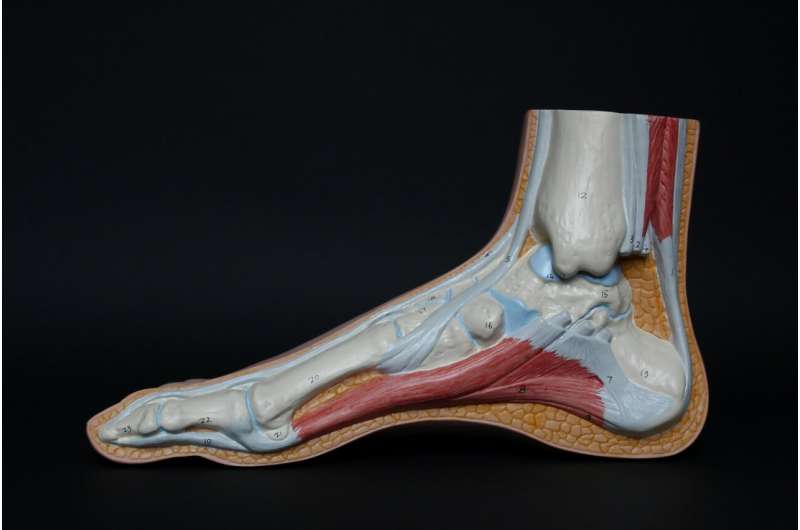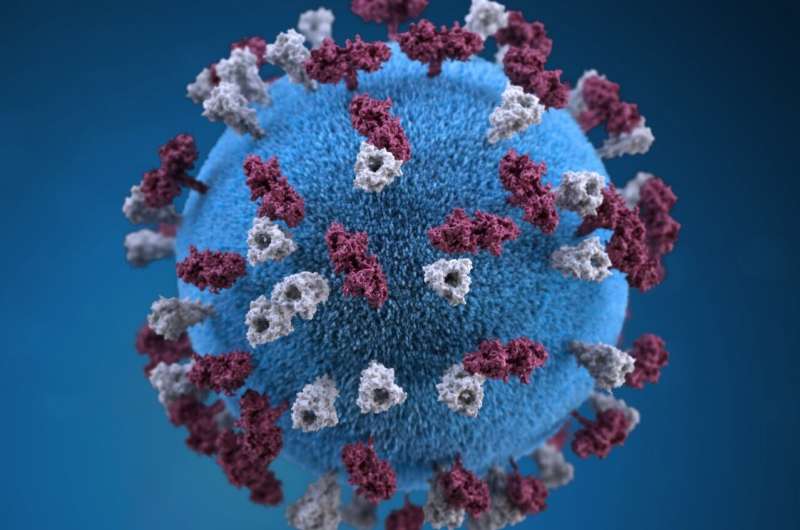Harnessing AI to Prevent Millions of Food Poisoning Cases

Discover how artificial intelligence and hyperspectral imaging are transforming food safety by enabling rapid detection of contaminants, potentially preventing up to 600 million cases of food poisoning annually.
An international research team led by the University of South Australia has showcased how advanced artificial intelligence (AI) technologies can significantly reduce food poisoning incidents by enabling early detection of contaminated food in agricultural fields and food processing facilities. This revolutionary approach has the potential to prevent up to 600 million cases of foodborne illnesses annually,
highlighting the critical role of innovative tech in public health.
The core of this breakthrough is the integration of hyperspectral imaging (HSI) with machine learning (ML). HSI captures detailed spectral information from food items, creating an optical fingerprint that can identify contaminants like mycotoxins—dangerous toxins produced by fungi that frequently infect crops such as cereals, nuts, maize, and grains during growth, harvest, or storage.
Mycotoxins are responsible for a variety of serious health issues, including certain cancers, immune system suppression, and hormonal disruptions. The World Health Organization estimates that foodborne toxins cause approximately 600 million illnesses and 4.2 million deaths each year globally. The Food and Agricultural Organization (FAO) adds that roughly a quarter of the world's crops are contaminated by fungi capable of producing mycotoxins, underscoring the urgency of effective detection methods.
Traditional mycotoxin testing methods are often slow, costly, and destructive, making them impractical for real-time, large-scale food processing operations. In contrast, hyperspectral imaging provides a rapid, non-invasive way to examine entire food batches without damaging them, allowing for swift and accurate detection and quantification of contamination.
Researchers tested the efficacy of HSI combined with machine learning algorithms across over 80 recent studies examining wheat, corn, barley, oats, almonds, peanuts, and pistachios. Results consistently showed that this integrated technology outperforms conventional detection techniques, especially in identifying aflatoxin B1, one of the most carcinogenic mycotoxins present in food.
This scalable system holds promise for industrial applications, such as sorting contaminated almonds, inspecting grain shipments, and even potentially being adapted into handheld devices for on-the-spot testing. With further advancements in AI, deep learning, and automation, the deployment of real-time, portable detection tools could substantially improve food safety standards and reduce health risks for consumers worldwide.
The ongoing research aims to refine these technologies to enhance accuracy and reliability, hoping to realize a future where only safe, uncontaminated food reaches consumers, thereby saving lives and minimizing economic losses. This innovative use of AI and hyperspectral imaging marks a significant step forward in tackling food contamination and protecting public health.
Stay Updated with Mia's Feed
Get the latest health & wellness insights delivered straight to your inbox.
Related Articles
Quick Foot Scan Could Prevent Amputation: A Breakthrough in PAD Detection
A new, rapid ultrasound-based method could enable early detection of peripheral artery disease, reducing the risk of foot ulcers and amputations with a simple, under-one-minute scan. Developed from existing ultrasound tech, this approach promises to transform PAD diagnosis and treatment.
Tirzepatide Shows Promise in Improving Blood Sugar and Reducing Weight in Youths with Type 2 Diabetes
A recent study reveals tirzepatide's potential to significantly improve blood sugar levels and promote weight loss in youths with type 2 diabetes, offering new hope for pediatric diabetes management.
How Blood and Ultrasound Biomarkers Improve Prediction of Liver Transplant Outcomes
Recent studies reveal how blood and ultrasound biomarkers can predict outcomes after liver transplantation, aiding in personalized patient care and improving survival rates.
Slight Increase in Texas Measles Cases Reaches Over 720
Texas faces a rising measles outbreak with over 720 confirmed cases. Health officials stress vaccination and containment efforts to curb the spread of this highly contagious virus.



